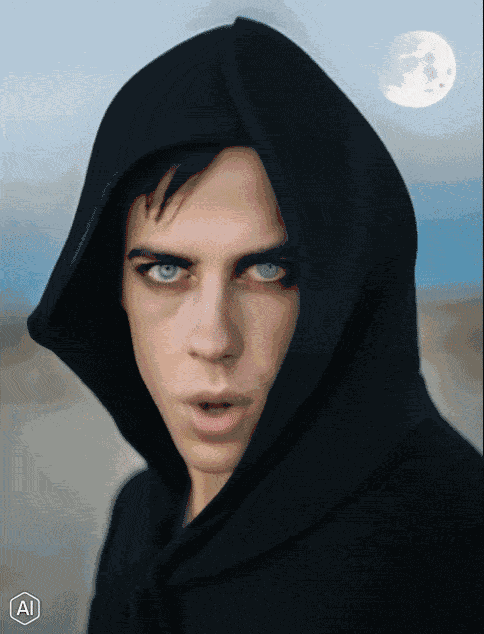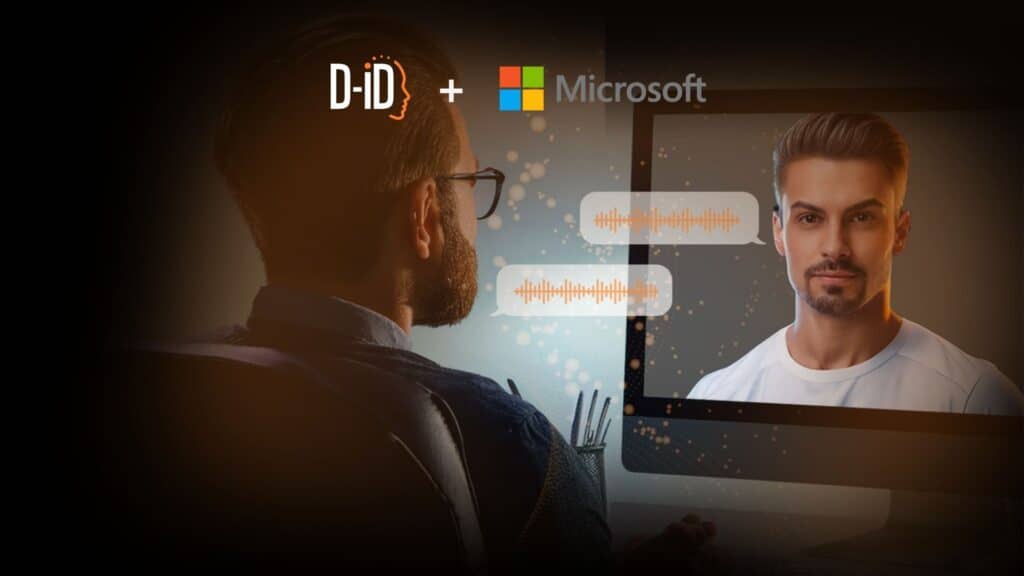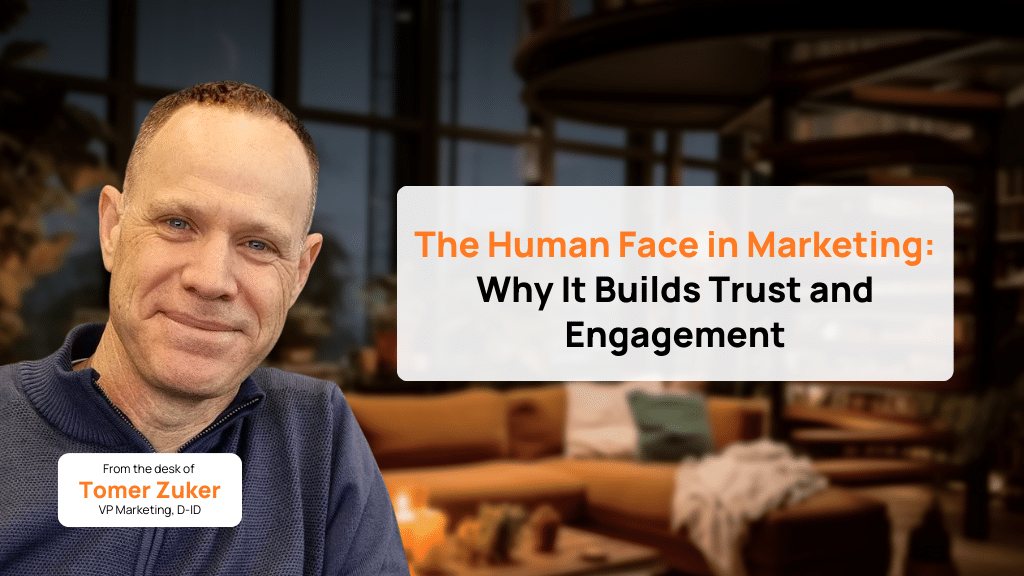Generative AI is Going to Change the Way We Create. For Good.
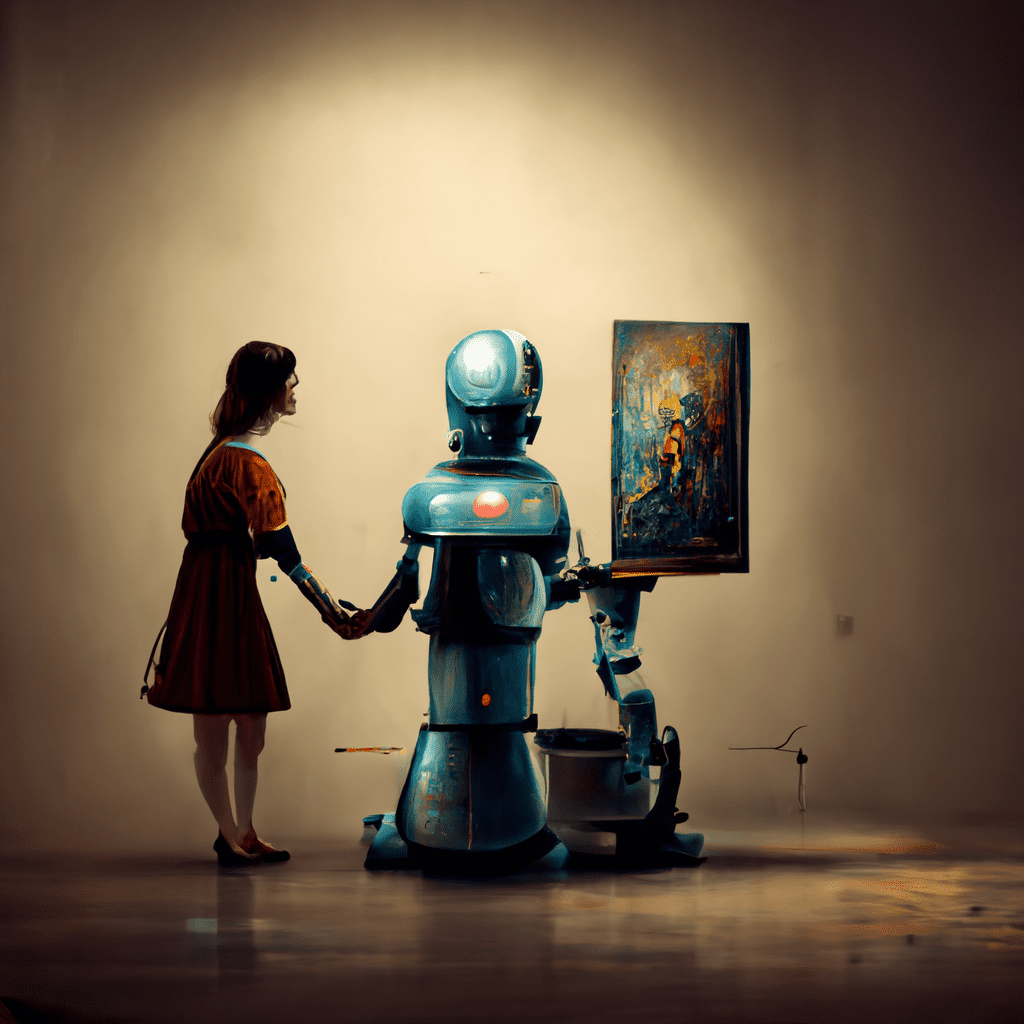

AI-generated creativity: from jaw-dropping viral images and videos of imaginary worlds to doom-and-gloom manifestos on the demise of creativity in our world, social media feeds have been flooded over the last few months with posts featuring or discussing this new form of image and video creation.
The recent public launch of several key generative tech platforms such as Stable Diffusion and Midjourney has produced a tsunami of new content, escaping beyond the techie niche and into the mainstream. As generative AI advances, it is becoming more adept at producing high-quality creative output. Tools, which can generate anything from videos to paintings to music to poetry to sculptures, are constantly improving, becoming more realistic, more consistent and easier to use as part of the creative process.
What’s also becoming apparent is that often combining several generative tech solutions together, such as adding motion to images, produces even more astonishing results, suggesting that there is room for collaboration between platforms. As a significant player in the creative reality ecosystem, responsible for the biggest single deployment of videos employing generative tech to date, with over 100 million videos created, we at D-ID believe that we are just at the beginning of an explosion of new content. By giving creators the tools they desire and need, we will see them come up with new forms of content, the impact of which we can barely conceive.
In this article, we will examine the generative AI space in more detail and also suggest that by nurturing a collaborative space, in which applications – like ours – provide the foundations that, together with professional and regulative guidance, will give rise to a new and exciting Creative Reality™ ecosystem.
What is AI-generated content?
When we talk about AI-generated content, we refer to any piece of content that is either fully or in part created using artificial intelligence or machine learning. The end result can be automated, algorithmically generated by AI models, manipulated and curated by a creator or made entirely without human input. The ultimate goal for most people involved with these projects is to use the available platforms to make something completely original that even though it’s computer-generated, still carries the signature of the creator’s human touch.
As NFX’s James Currier put it in a recent essay announcing the birth of the new ecosystem, Generative Tech isn’t just computers doing everything, instead, it is what he calls “a rocketship for the human mind.” Something to enhance and fuel our own creativity not to take over from it.
Why is Generative Tech becoming so popular?
Generative AI platforms have gained popularity because they can very easily produce work with original aesthetics and in a variety of mediums, be it photography, music, film, motion design, fiction, or painting. The importance of novelty and its ability to capture imaginations in today’s jaded, “we’ve seen it all before” era, cannot be underestimated. The platforms that are being rolled out right now are hugely lowering the bar to entry. They are, as a whole, intuitive for laypeople to use, fast and affordable. Most platforms provide users with a free trial period and costs for repeated use are largely reasonable.
Also, social media with its ability to spread the content generated by AI far and wide also played an important role in the increase in popularity. When someone posts their creations to their feed, they often go viral and people all over the world are exposed to them. They, in turn, are inspired to try the different platforms out themselves and create and share their own works, creating a network effect.
Why do people like AI-generated content?
AI art tends to be easy and intuitive to produce. All you have to do is hop on to one of the many platforms, upload a photo, or type in a prompt, and within seconds you have a completely original creation. For many people it is their first time experimenting firsthand with AI and learning to communicate effectively with the software can be a lot of fun. Initial prompts often produce humorous or unintended results until you learn how to ‘talk’ to the AI model. Seeing the results of fine-tuning (known as ‘prompt engineering’) provides immediate gratification. In addition, AI-generated creations are extremely shareable, resulting in a bounty of likes, comments and clicks. Platforms like TikTok, Instagram and Snapchat have found that their users seem to respond well to AI art – they even made filters that allow users to make their own. Some more tech-savvy creatives started training open source model Stable Diffusion to teach that model to ‘deepfake’ them, when prompted to do so, creating endless variations of themselves. New platforms also allow for niche communities to form around shared interests in generative AI by connecting like-minded individuals with similar creative desires.
What do people dislike about AI-generated content?
Naturally, not everyone is a fan. Some people dislike AI-generated art because the results can be weird or off-putting. “Cool but creepy” is a quite common reaction. Others feel that using AI for art generation or other creative purposes is like cheating. You may get good results, but it doesn’t require a person to “suffer for their art”, and some say the creations lack soul or personality. In the same vein, many people worry, not without cause, about the impact that the widespread use of AI will have on the demand for human creators. Copywriters, illustrators, modelers, graphic designers, performers, photographers and other creatives are the latest group to face fears that their livelihoods will be stolen by robots.
Yet another fear is that lacking “human decency” AI will produce creations that are offensive, misleading or illegal, with some expressing deep concern over copyright protection, inciting hate and use of deep fake manipulations. These concerns have led some organizations and online communities, most prominently Getty Images and Shutterstock, to ban the use of images made using generative AI. The great irony here is that the same arguments hurled against AI, are identical to the claims made about the camera 100 years ago.
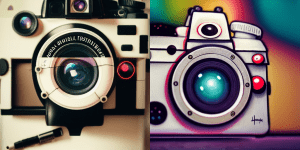
At the end of the day, AI is the modern-day equivalent of a painter’s brush or a sculptor’s chisel. In the same way a renaissance artist used marble, clay or paint on canvas to give rise to ideas, today’s artists and writers use machine learning algorithms and generative AI to depict our world and provide it with beauty and meaning, or offer fantastical alternatives showing what it could be, in their AI art.
The next generation of artists will be the master prompters who learn how to work with artificial intelligence and machine learning techniques, bend AI models to their will and employ it to best express their own creativity. Stable Diffusion’s founder Emad Mostaque described it colorfully in a recent interview to the New York Times: “So much of the world is creatively constipated, and we’re going to make it so that they can poop rainbows.”
What tools exist to produce AI-generated images, songs, videos, texts, objects and avatars
While AI art tools have been available for creators for some time, it was the public launch of DALL-E 2, Midjourney, and DreamStudio from Stable Diffusion in recent weeks that really put the creative reality industry on the map, allowing millions of users to try their hand at crafting AI art with the help of deep learning. While the underlying generative AI technologies and training data at play may differ, the idea behind all of them is the same, the user types in prompts describing what image they want the AI to make and the software will generate images, which the user can accept or continue fine tuning until reaching a satisfactory result. The images can be as realistic or fanciful as the user desires and the various platforms offer a wide range of art styles that can be emulated. Alternatively, users can upload their own images and the generative AI will offer variations to the original. Other platforms that offer similar capabilities include Starry AI, Nightcafe, Pixray and Craiyon.
But AI-generated creativity doesn’t end with images. Music is another field where AI is gaining popularity, with platforms like Jukebox, Boomy, Amper and ORB Composer enabling users to create original tunes with the help of a few brief prompts.
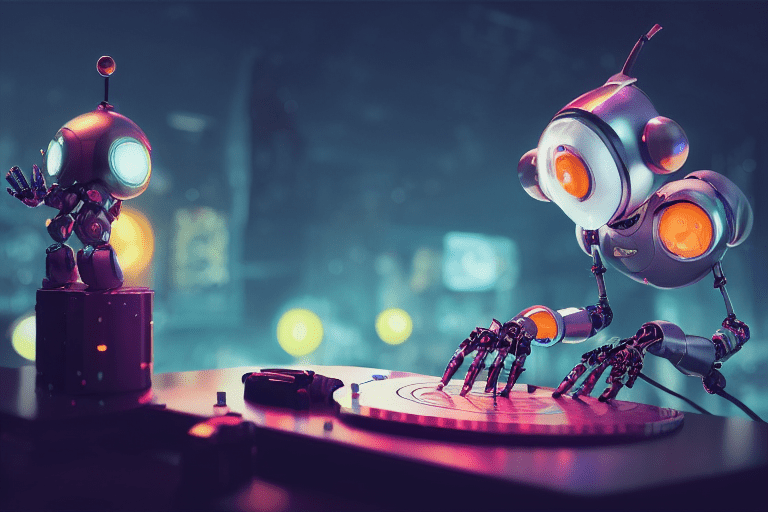
Interested in text-based content? AI has you covered there too. Generative AI Platforms like Jasper, Kafkai, Peppertype or Anyword are able to generate short, medium and long-form texts, using the GPT-3 language model and natural language processing. They are widely used for marketing needs, but with a wide variety of genres and styles, they are also capable of more artistic endeavors. StoryLab andNovel AI are more fiction-orientated, offering users outlines, plot ideas, or character profiles for storytelling. AI can write poetry too. Google’s Verse by Verse and Poem Generator can create anything from haikus to sonnets, based just on user prompts and AI deep learning.
Things get a little trickier when it comes to 3-dimensional art like pottery, model making or sculpture, but with the growing prevalence of 3D printing, these are sure to follow too. Earlier this year, researchers from Google unveiled DreamFusion, a generative AI tool capable of turning text prompts into digital 3D representations. DreamFusion uses AI-generated 2D images of an object and translates them into a 3D model, which can be viewed from any angle. In August Serbian artist Nikola Damjanov used similar technology developed by NVIDIA to produce a physical 3D sculpture of a flower with intricate details and designs, all thought up, with the help of generative AI.
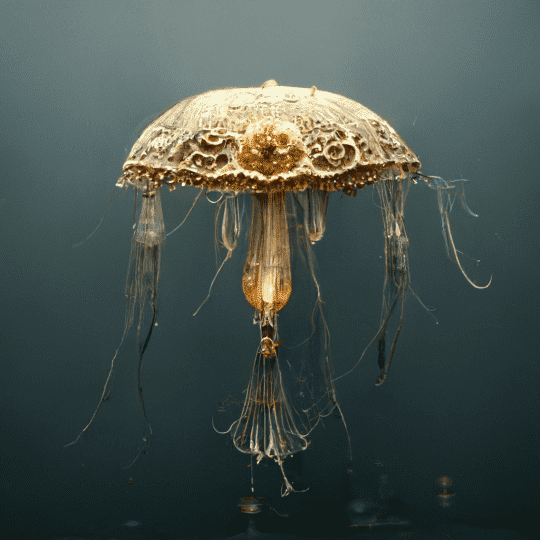
The next phase in AI art will likely be video. There are already tools on the market that allow users to generate videos with AI components, such as animated figures or backgrounds. D–ID enables users to animate faces, allowing them to move and speak by simply uploading a still photograph. Cre8tiveAI has a tool that lets you add basic motion to photographs that is great for background or establishing shots. The big breakthrough in generative AI video, however, looks like it will come from one of the tech giants. Meta’s Make-A-Video says it will eventually enable users to create a video based off of a text description.
After creating a still image based on users’ prompts the AI machine then turns into a moving video with the help of image synthesizers such as GPT-3 and LAION-5B. The AI can also take existing videos and create new ones that look similar. Google meanwhile recently announced progress on its Imagen Video solution, which it claims will be capable of producing videos at 24 frames per second, in 1280×768 resolution, from a written prompt. Google claims the tech has demonstrated an understanding of depth and three-dimensionality, allowing drone flythrough videos to be created that rotate around and capture objects from different angles without distortion. All this suggests that we may soon see mergers or acquisitions take place in the industry as companies vie for the “killer feature”.
Watch until the end 👀 sound on*
This is another experiment using #dalle2 generated images for textures in a AR experience. This is all running on the web in real time on a mobile device 🤯 We are living in the future.#AugmentedReality #8thWall #Niantic #WebAR #b3d #AI pic.twitter.com/VuML7FZ1XN
— I▲N CURTIS (@XRarchitect) September 19, 2022
Results are better when creators work across platforms
With all these and hundreds of other platforms offering a plethora of creative tools employing generative AI, there is no doubt that AI-generated art is here to stay. Just recently an artist in Colorado received a prize for his entry into an art competition that used Midjourney, making it one of the first A.I.-generated pieces to win such a prize, but sparking criticism that he “cheated” by fellow contestants. Despite the pushback and some legitimate causes for concern, generative AI is simply too useful a technology to be sidelined or ignored. The ability to produce a literally infinite amount of original content using these creative applications, quickly and cheaply, simply cannot be countered. Furthermore, as the space progresses people are combining different artificial intelligence tools to produce even more creative content. A natural language processing text generator like Novel AI can produce a description that Midjourney then illustrates into an image. An image of a person created on Dall-E can be brought to life and deliver a speech using D-ID. A landscape created in Dream studio can turn into an opening shot of a movie, accompanied by music composed on Jukebox. The possibilities are limitless and users are finding new and unique ways to combine generative tools in ways that the platforms themselves couldn’t have imagined.
Some striking examples include SALT, an AI-generated multiplot film, The Crow, a movie built using OpenAI’s CLIP that won the best short film award at Cannes, or Lil’ Fake, an AI-generated being whose appearance, voice, music and lyrics and motion were produced on multiple platforms.
There is room for everyone
As the world further adopts digital transformation and technologies like virtual reality and augmented reality become more commonplace, there will be even more room and more avenues for creative reality. The ecosystem that is being built in this space is already extraordinary, but we are now on the verge of an explosion of creative output that will truly revolutionize our world.
We are at a key moment for the future of creativity and I am extremely excited to be at the forefront of this incredible new space. I believe that Generative Technology will play a major role in the way people and computers interact in the future and am proud of our platform for putting those capabilities at people’s fingertips. I urge you all to explore, experiment, fail (and succeed) as often as possible; to take risks and share your work with others. And if you’re a creator, a platform that wants to collaborate with us or a thinker in this space, I invite you to get in touch so we can work together on ushering in this new era.
Gil Perry is the co-founder and CEO of D-ID.
Was this post useful?
Thank you for your feedback!
